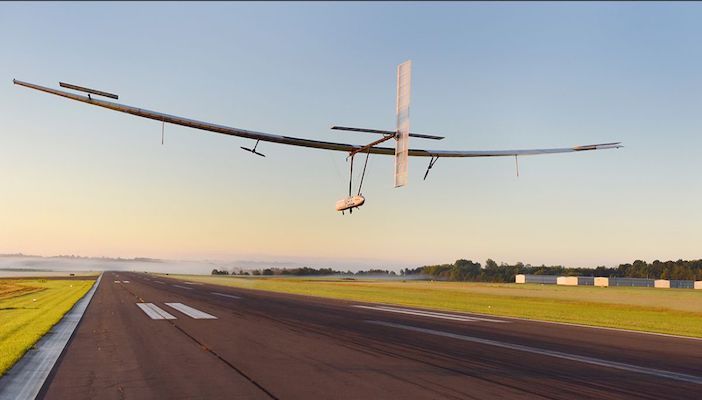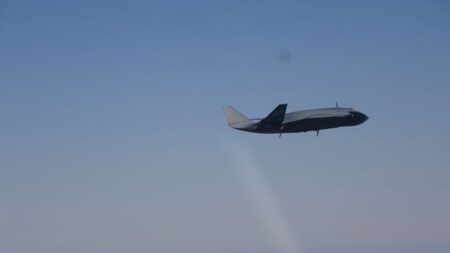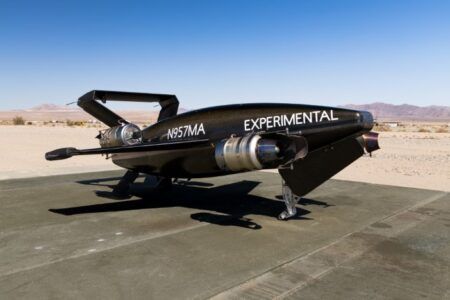Electra has completed the first flight of a solar-battery hybrid electric research aircraft.
This 90ft wingspan drone made the flight from Manassas Regional Airport, Virginia on September 9. It is the first aircraft to emerge from Electra’s new development facility there.
The drone, called Dawn One, is part of the Massachusetts Institute of Technology (MIT) Grand Challenge Stratospheric Airborne Climate Observing System (SACOS) program.
SACOS will use instrumented solar powered aircraft operating for months in the stratosphere to observe climate conditions. The data obtained will be used to reduce the uncertainty in forecasting of climate risks such as increased storm severity and frequency, more severe droughts, sea-level rise, and ozone depletion
James G. Anderson, the Philip S. Weld Professor of Atmospheric Chemistry at Harvard University and the SACOS project leader said, “SACOS is designed to address a broad range of scientific missions and serve as a climate observing system that will herald a new era in the quantitative dissection of the physics, chemistry, and biology controlling critical climate systems.
“SACOS promises to dramatically expand climate research capabilities. The high-spatial resolution observations from SACOS will provide for the first time quantitative forecasts of risk associated with rapidly expanding wildfires, the increasing rate of sea level rise, the intensification of severe storms, and global shifts in arid regions that trigger water shortages.
“Moreover, these quantitative forecasts of risk will, in turn, establish the essential intellectual links directly coupling irreversible changes in the climate structure to economics, public policy, and associated societal instability.”
The Dawn One project originated at MIT led by Professors John Hansman and Mark Drela. Detailed design, construction, and testing of the aircraft were led by Electra.





